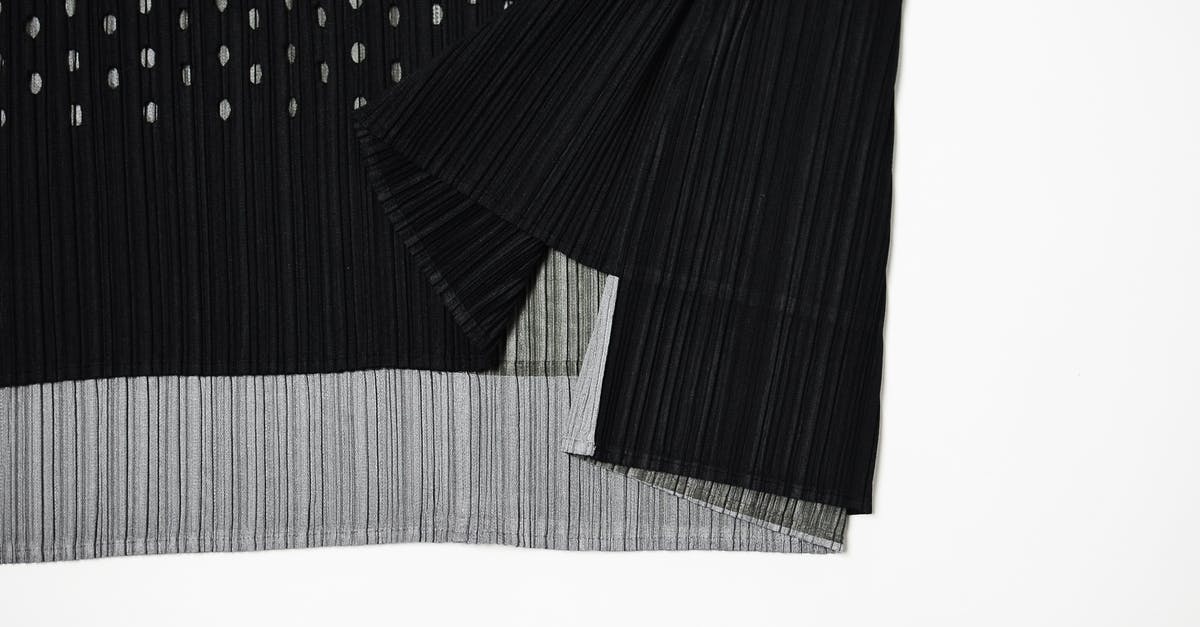What are certified synthetic colors?

Best Answer
The FDA recognizes 9. Here's how they put it on their official website:
Certified colors are synthetically produced (or human-made) and used widely because they impart an intense, uniform color, are less expensive, and blend more easily to create a variety of hues. There are nine certified color additives approved for use in the United States... Certified food colors generally do not add undesirable flavors to foods.
Clicking deeper, the FDA reveals the ingredients that are officially allowed to be called "coloring" on food labels.
FD&C Blue Nos. 1 and 2, FD&C Green No. 3, FD&C Red Nos. 3 and 40, FD&C Yellow Nos. 5 and 6, Orange B, Citrus Red No. 2, annatto extract, beta-carotene, grape skin extract,
cochineal extract or carmine* paprika oleoresin, caramel color, fruit and vegetable juices, saffron (Note: Exempt color additives are not required to be declared by name on labels but may be declared simply as colorings or color added)
So these must be the actual 9 ingredients that are "Certified Synthetic Colors":
FD&C Blue Nos. 1 and 2, FD&C Green No. 3, FD&C Red Nos. 3 and 40, FD&C Yellow Nos. 5 and 6, Orange B, Citrus Red No. 2.
The rest:
annatto extract, beta-carotene, grape skin extract,
cochineal extract or carmine* paprika oleoresin, caramel color, fruit and vegetable juices, saffron
are not synthetic, but they can still be called "coloring" on the ingredient list. BTW, cochineal extract and carmine are made from powdered bugs.
Definitely, artificial colors like Red 40 are high on the list of "scary because we don't know what they are" things. I do find that particular labeling odd because "Certified Synthetic Color" is not exactly a household term.
*EDIT March 24, 2017
As of 2009, cochineal extract and carmine are off the "natural colors" list:
Until 2009, cochineal was one of many dyes that fell under the umbrella term "natural color" on ingredients lists. But because cochineal provokes severe allergic reactions in some people, the Food and Drug Administration requires carmine and cochineal extract to be explicitly identified in ingredients lists.
Aside from its role as an allergen, cochineal has no known health risks, although those who keep kosher or choose not to eat animal products will want to keep their distance. In addition to food, cochineal is used as a dye in cosmetics products, including lipstick, and at least one person has reported a severe allergic reaction to a cochineal dye used in a pill coating.
Pictures about "What are certified synthetic colors?"



Quick Answer about "What are certified synthetic colors?"
Certified color additives are synthetic colorings that are used widely for intense, uniform color, and because they blend easily to create a variety of hues. These additives are classified as certified because they are required to undergo certification every time a new batch is manufactured.What are synthetic colors?
Synthetic Colors are ingredients used to dye or add color to personal care products. Synthetic Colors are tightly regulated by the FDA and a significant portion of them have been banned over the years due to various heath related concerns.What is certified color mean?
Certified colors are synthetically produced (or human made) and used widely because they impart an intense, uniform color, are less expensive, and blend more easily to create a variety of hues. There are nine certified color additives approved for use in the United States (e.g., FD&C Yellow No. 6.What are synthetic Colours made from?
Artificial food colorings were originally manufactured from coal tar, which comes from coal. Early critics of artificial food colorings were quick to point this out. Today, most synthetic food dyes are derived from petroleum, or crude oil.What are non certified colors?
(non FD&C certified colors) \u2013 There is a list of FD&C certified colors approved for use in food and there is also a list of non FD&C certified colors that are not approved for use in food. Non-FDA certified colors have been laboratory tested by the US FDA and found to be carcinogenic.Certified synthetic colors
Sources: Stack Exchange - This article follows the attribution requirements of Stack Exchange and is licensed under CC BY-SA 3.0.
Images: Skylar Kang, Skyler Ewing, Anna Shvets, Ksenia Chernaya

